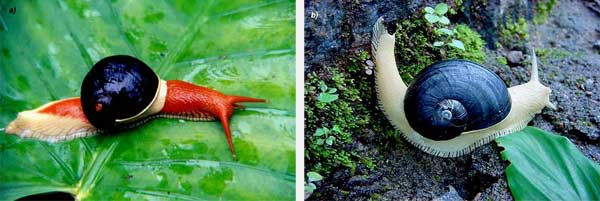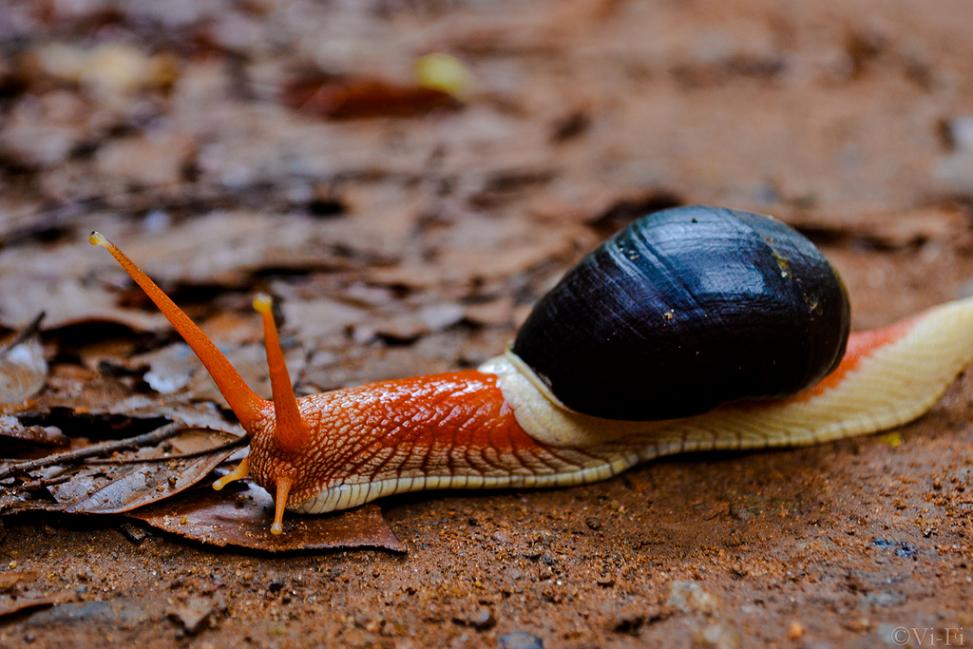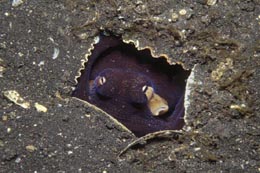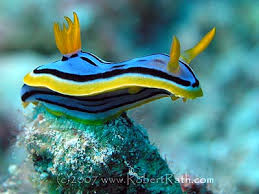 |
| robertrath.com |
Gastropods are an amazing group of organisms. There may be as many as 80,000 different species in this class of mollusk that contains all snails, slugs, and related organisms.
The most impressive thing, in my opinion, is the fact that gastropoda is the only group of organisms that has conquered every habitat. They flourish in the sea, they spread across the land, and they thrive in freshwater ecosystems. Their great diversity of form and behavior makes this a remarkable group to study.
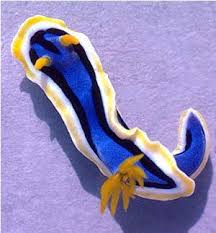 |
| seaslugforum.net |
Which brings me to my reason for this post. In honor of the vast array of gastropod forms, I have decided to make Mondays on this blog forever their abode.
Every Monday will bring a new species of gastropod. Snails, limpets, conchs, nudibranches, and sea hares will all be represented.
Sometimes, it might just be a picture and a snippet of information, while other days I might go to greater depths and produce a flood of knowledge.
For today, though, I give you the stunning creature pictured here. Chromodoris annae, a lovely species of nudibranch.
These beautiful marine slugs feed on sponges in the western Pacific Ocean.
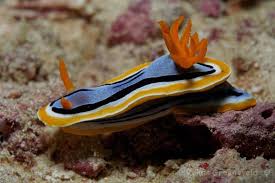 |
| diverosa.com |
Like all nudibranch, this lovely species glides along using the two tentacles, Rhinophores, at it's head to taste chemicals and proteins floating in the sea, all while breathing through the frilly gills hanging from it's posterior end.
Bask in it's beauty, and know that more is coming. I can only hope that, in time, you have as much appreciation for this marvelous class of organism as I do.

